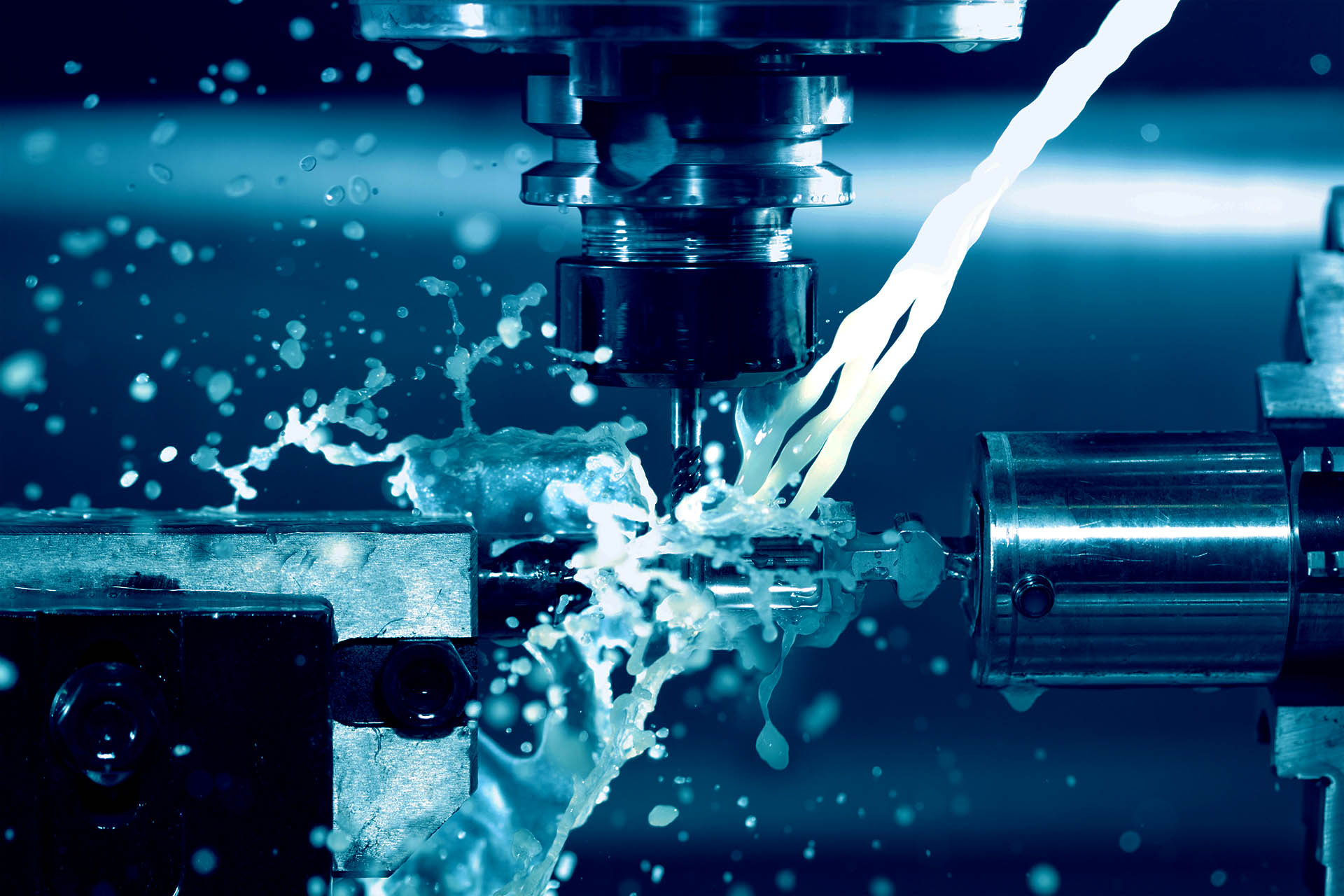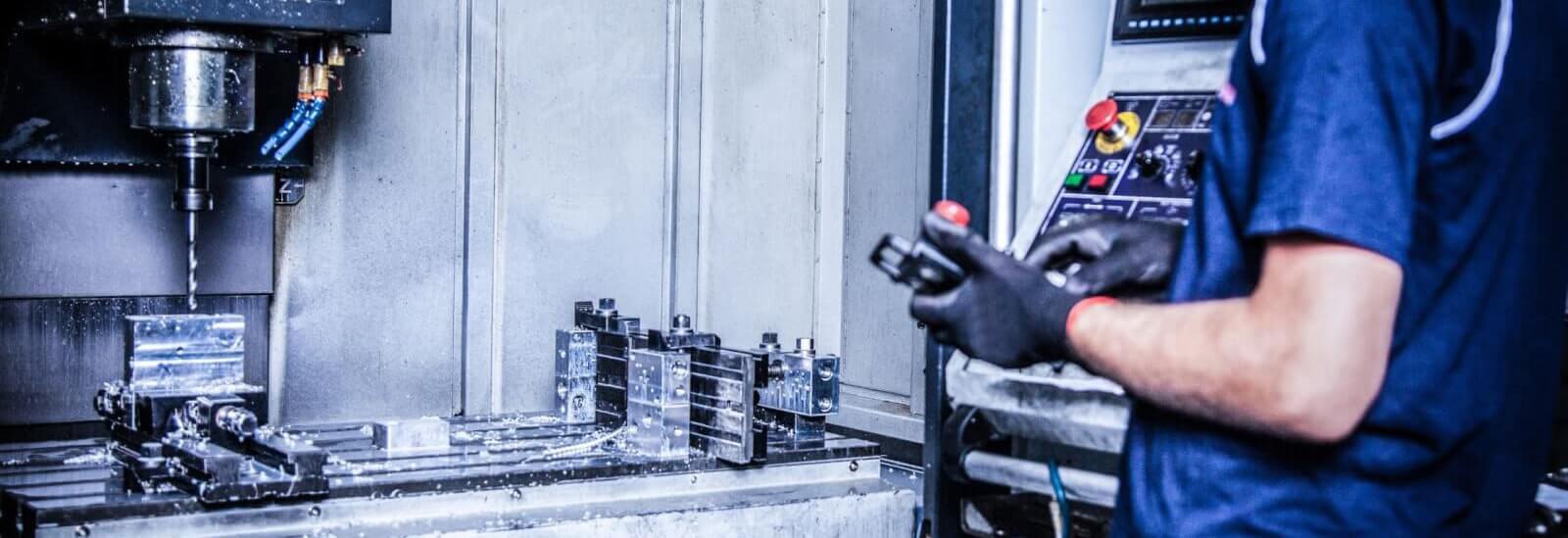The Function of Fasteners and Machining in High-Quality Item Design
The Function of Fasteners and Machining in High-Quality Item Design
Blog Article
Navigating the Globe of Fasteners and Machining: Strategies for Accuracy and Rate
In the complex world of fasteners and machining, the mission for accuracy and rate is a perpetual challenge that demands precise focus to information and strategic preparation. From understanding the diverse array of fastener kinds to picking optimal products that can stand up to rigorous needs, each step in the process plays an essential duty in attaining the wanted end result.
Understanding Bolt Kind
When selecting fasteners for a task, understanding the various types readily available is crucial for making certain optimal efficiency and reliability. Bolts are utilized with nuts to hold products together, while screws are flexible bolts that can be made use of with or without a nut, depending on the application. Washers are important for distributing the load of the bolt and stopping damages to the material being attached.
Picking the Right Products
Understanding the relevance of selecting the ideal products is critical in making sure the optimum efficiency and integrity of the selected fastener types discussed formerly. When it comes to fasteners and machining applications, the material selection plays an essential role in determining the overall stamina, resilience, corrosion resistance, and compatibility with the designated setting. Various materials offer differing properties that can significantly influence the performance of the bolts.
Common materials made use of for fasteners include steel, stainless-steel, aluminum, brass, and titanium, each having its unique staminas and weaknesses. Steel is renowned for its high strength and resilience, making it ideal for a wide variety of applications. Stainless steel supplies exceptional deterioration resistance, suitable for environments vulnerable to moisture and chemicals. Light weight aluminum is corrosion-resistant and lightweight, making it appropriate for applications where weight reduction is vital. Brass is usually chosen for its aesthetic appeal and exceptional conductivity. Titanium is known for its extraordinary strength-to-weight ratio, making it optimal for high-performance applications. Picking the best material includes considering elements such as toughness requirements, ecological conditions, and budget plan restrictions to make certain the wanted performance and long life of the bolts.
Accuracy Machining Techniques

In enhancement to CNC machining, other precision techniques like grinding, transforming, milling, and boring play vital duties in bolt production. Grinding helps accomplish great surface area finishes straight from the source and limited dimensional resistances, while turning is typically used to create round components with accurate sizes. Milling and drilling operations are necessary for shaping and developing holes in fasteners, guaranteeing they meet specific specifications and function properly.
Enhancing Rate and Efficiency
To enhance fastener manufacturing procedures, it is important to simplify operations and apply reliable approaches that complement precision machining techniques. One key technique for enhancing rate and effectiveness is the execution of lean manufacturing concepts. By minimizing waste and concentrating on continuous enhancement, lean techniques assist optimize and eliminate traffic jams process. Furthermore, buying automation modern technologies can considerably enhance production speed. Automated systems can handle repetitive jobs with accuracy and rate, allowing workers to focus on even more complicated and value-added activities. Taking On Just-In-Time (JIT) stock management can also enhance effectiveness by making sure that the ideal products are available at the appropriate time, minimizing excess supply and reducing lead times. In addition, cultivating a culture of collaboration and interaction among staff member can enhance overall performance by promoting openness, analytic, and innovation. By incorporating these techniques, manufacturers can attain a balance in between rate and precision, inevitably improving their affordable side in the bolt market.
High Quality Control Procedures
Carrying out rigorous high quality control actions is important in making sure the dependability and consistency of bolt items in the why not try these out production process. Quality control actions incorporate numerous phases, beginning with the option of raw materials to the final evaluation of the completed bolts. One basic facet of quality assurance is conducting detailed material inspections to verify conformity with requirements. This includes evaluating elements such as product resilience, strength, and structure to ensure that the bolts satisfy sector requirements. In addition, keeping track of the machining processes is necessary to promote dimensional precision and surface coating high quality. Utilizing sophisticated innovation, such as automated assessment systems and accuracy measuring tools, can enhance the accuracy and efficiency of quality control treatments.
Routine calibration of devices and equipment is crucial to maintain consistency in manufacturing and make certain that fasteners satisfy the required resistances. Executing rigorous protocols for identifying and attending to defects or non-conformities is essential in avoiding substandard products from getting in the marketplace. By establishing an extensive quality assurance framework, suppliers can maintain the online reputation of their brand name and deliver fasteners that fulfill the highest possible requirements of efficiency and toughness.
Final Thought

In the intricate realm of bolts and machining, the quest for precision and rate is a continuous difficulty that demands careful interest to information and critical preparation. When it comes to bolts and machining applications, the material option plays a vital role in figuring out the total toughness, longevity, deterioration resistance, and compatibility with the desired atmosphere. Precision machining involves different innovative methods that make sure the limited tolerances and requirements required for bolts.In addition to CNC machining, other accuracy strategies like grinding, turning, milling, and drilling play essential roles in bolt production.To maximize bolt production processes, it is important to streamline operations and execute reliable methods that enhance accuracy machining methods.
Report this page